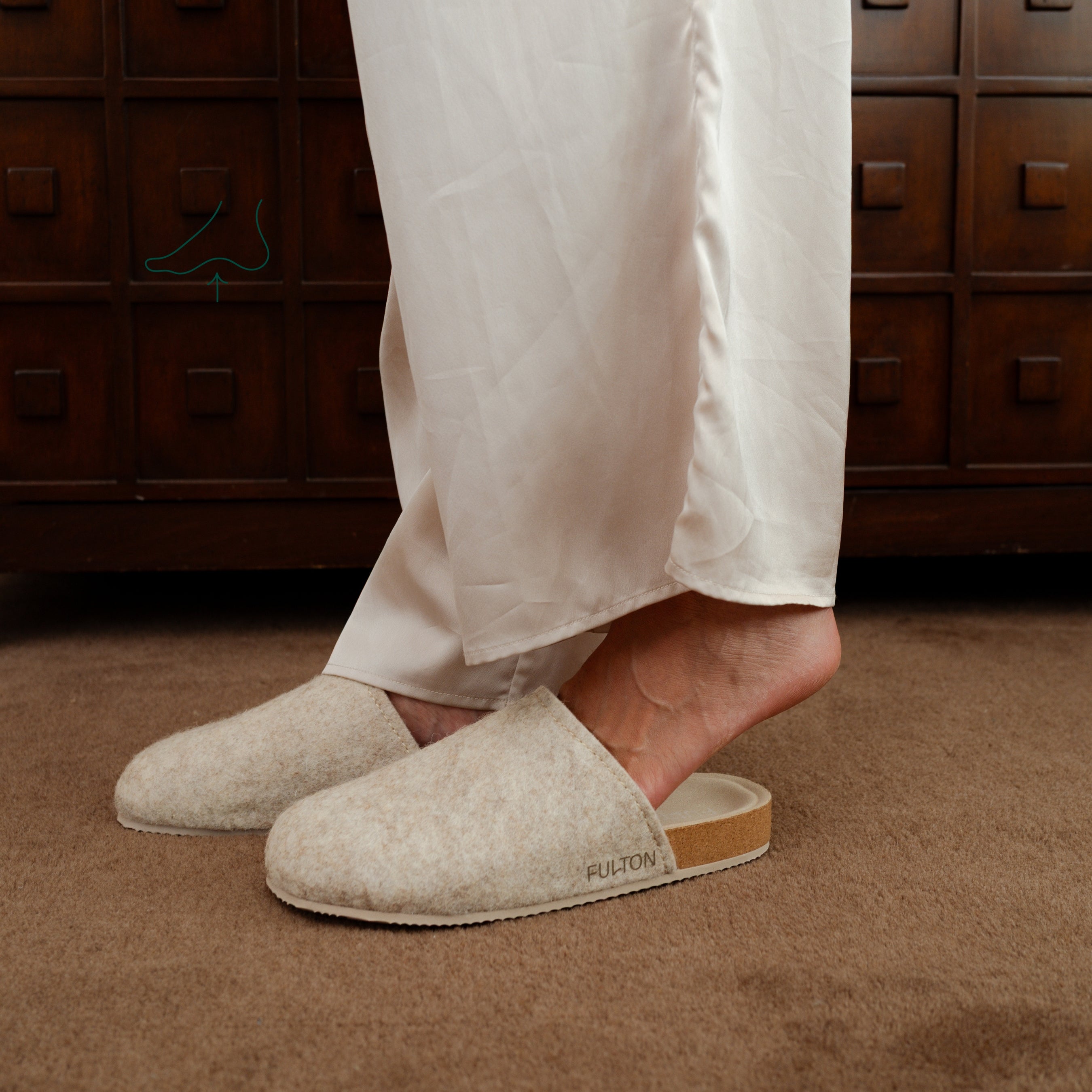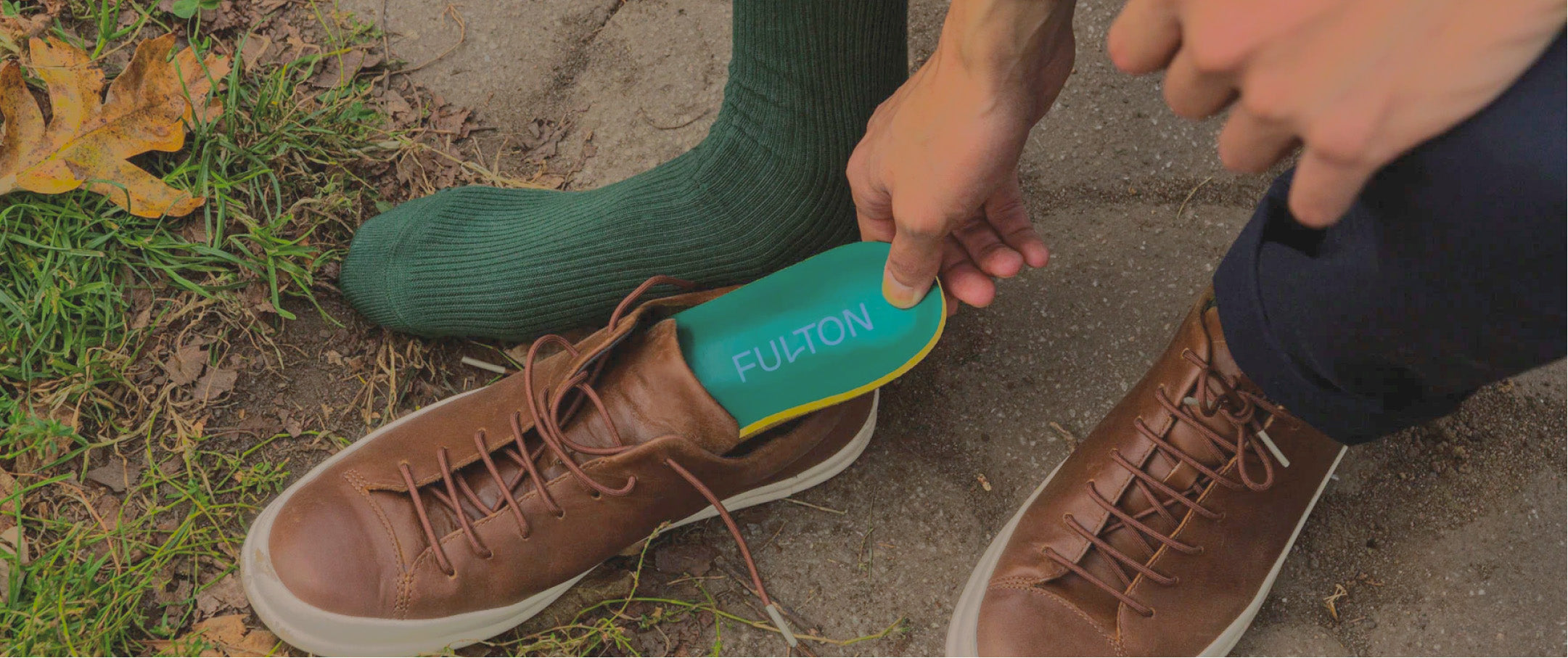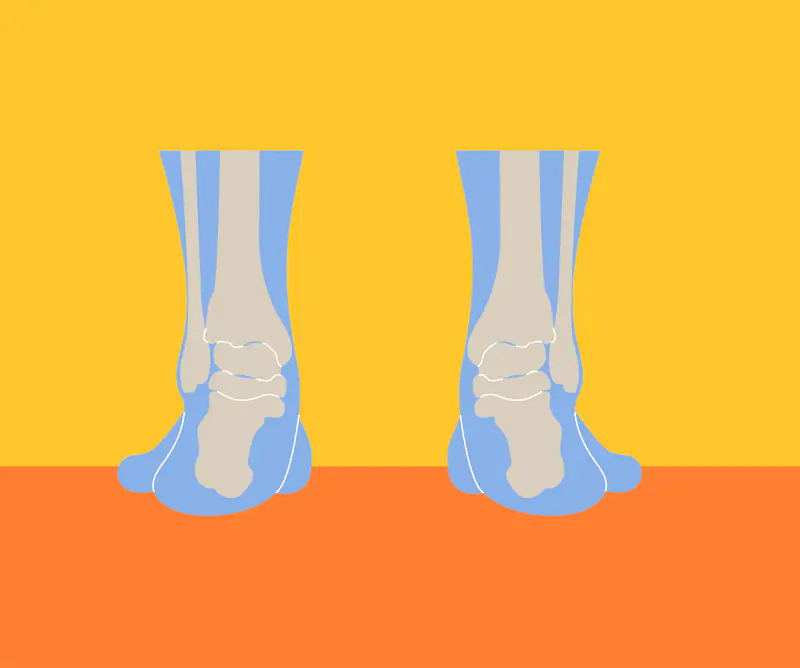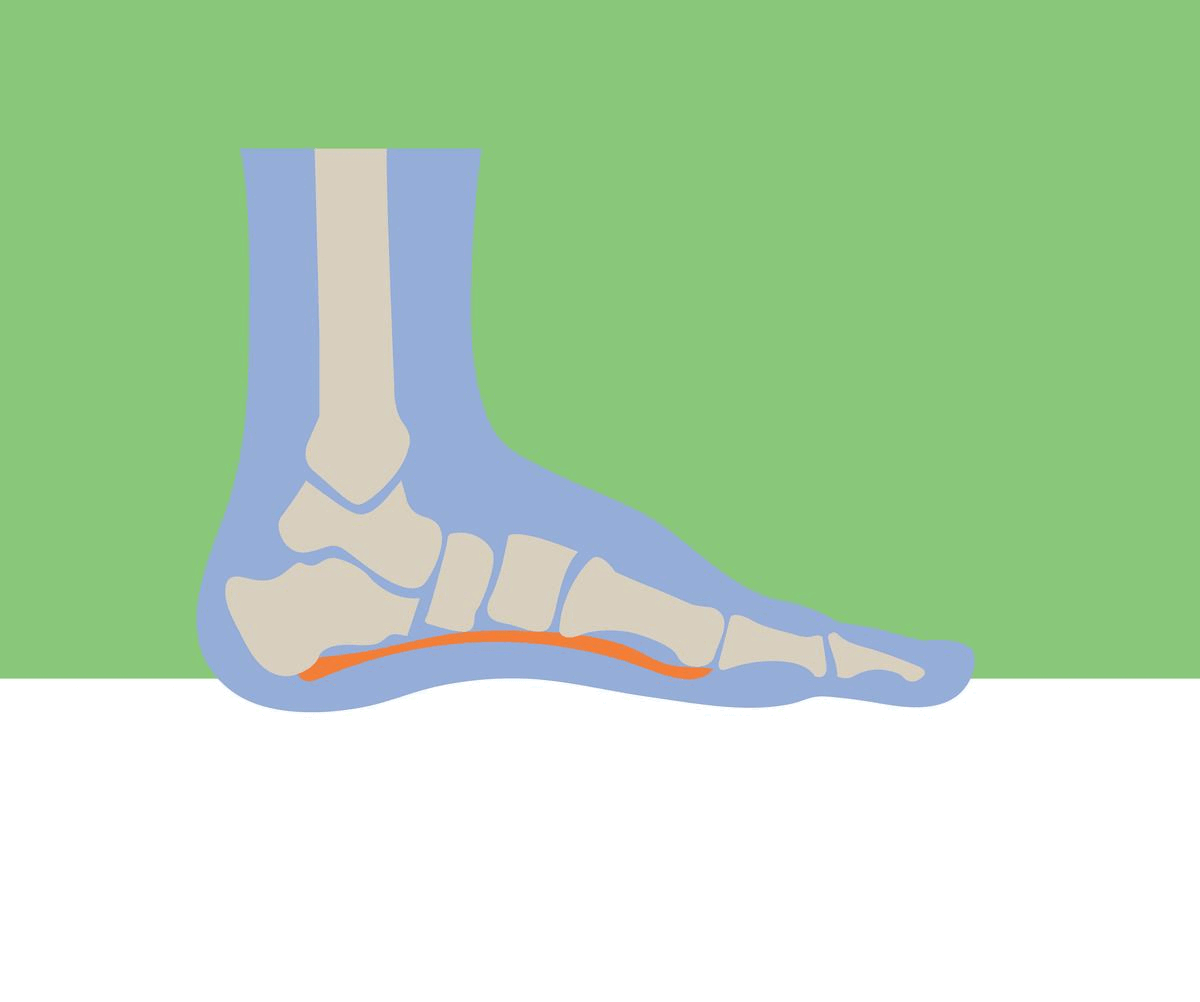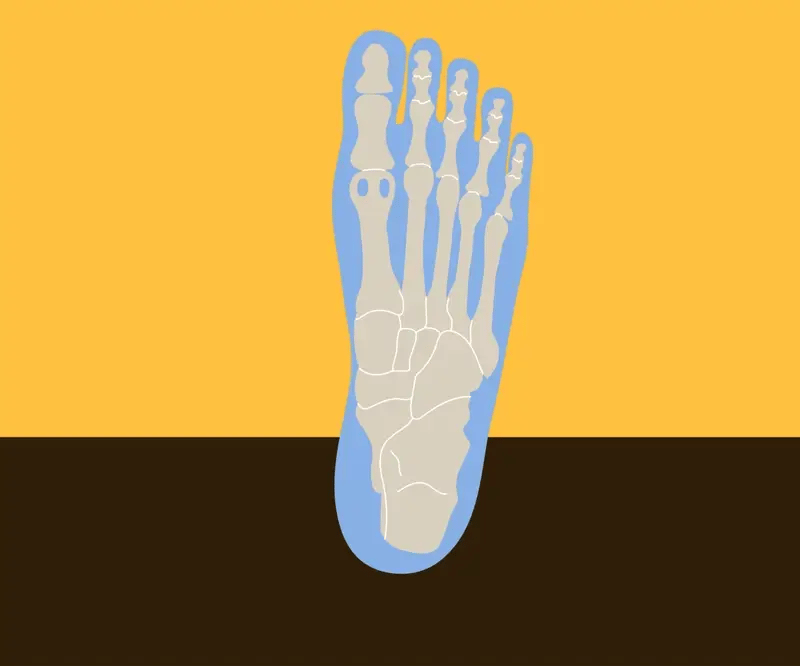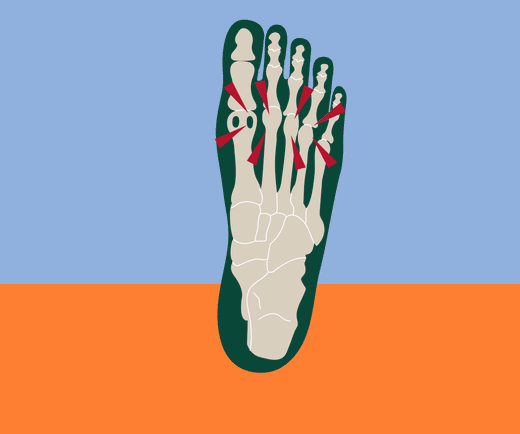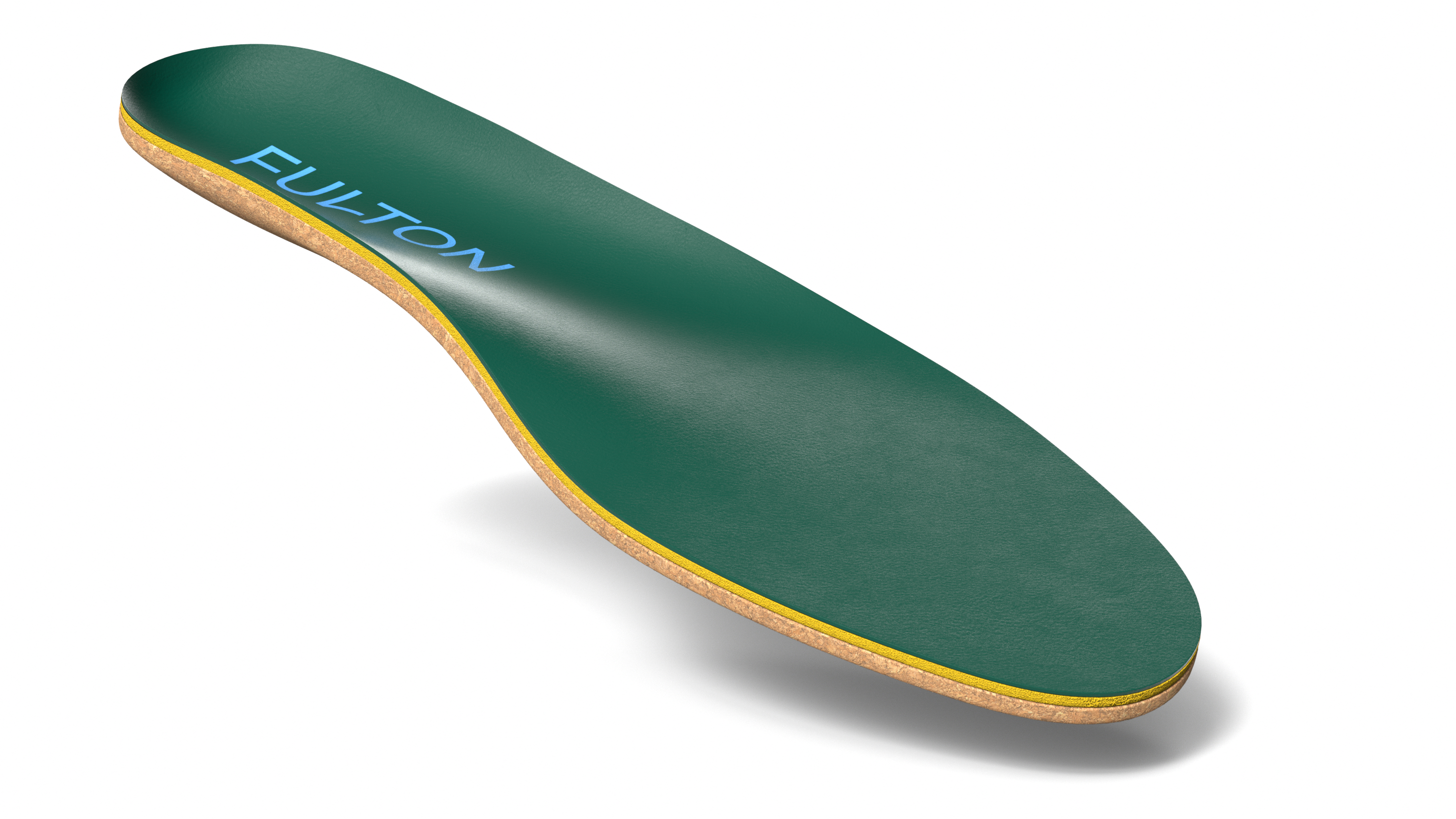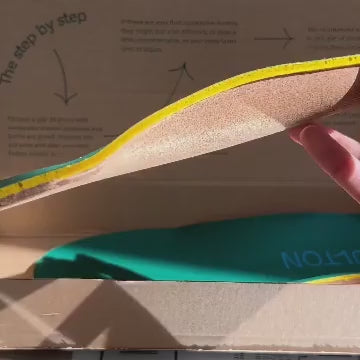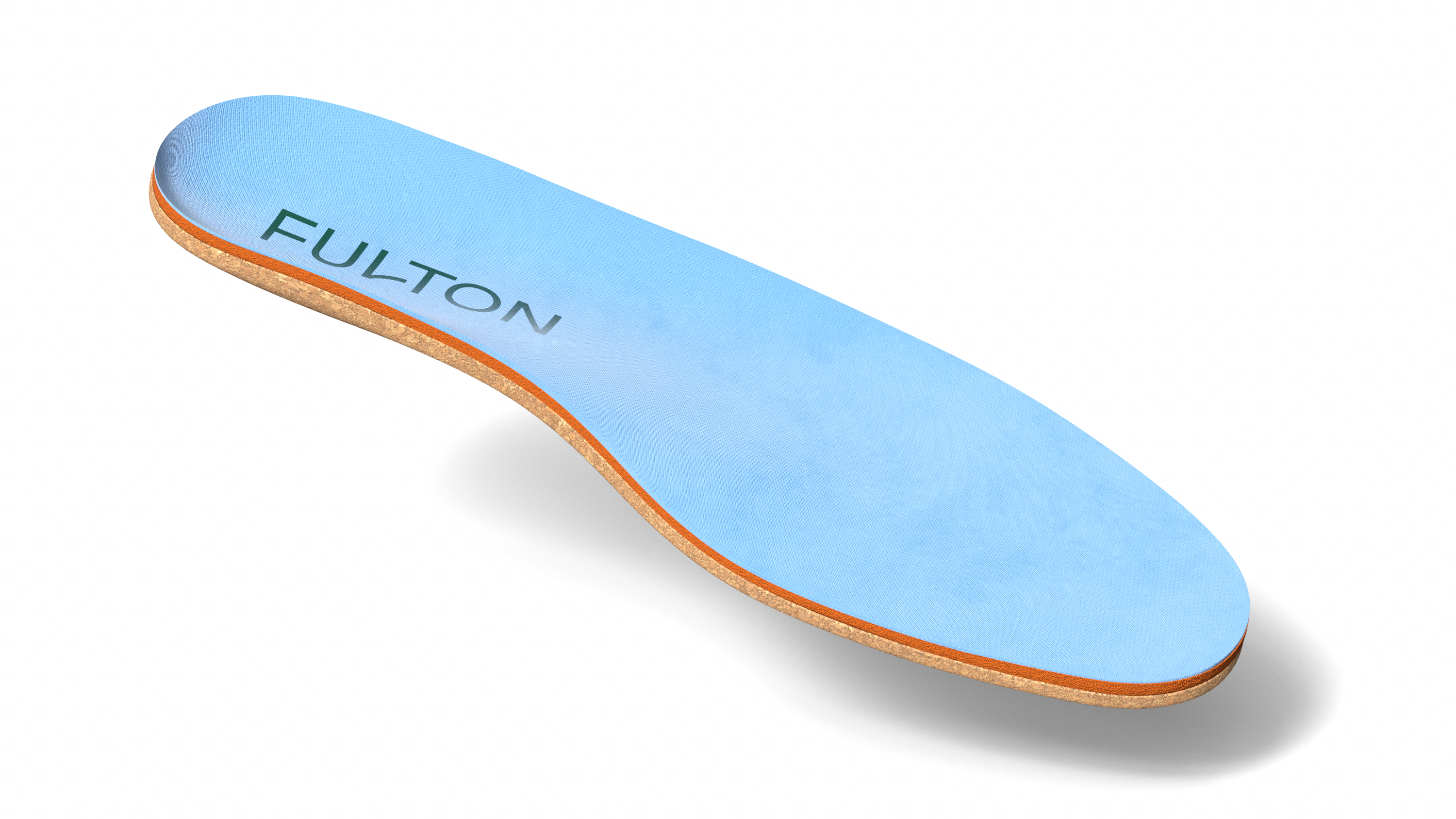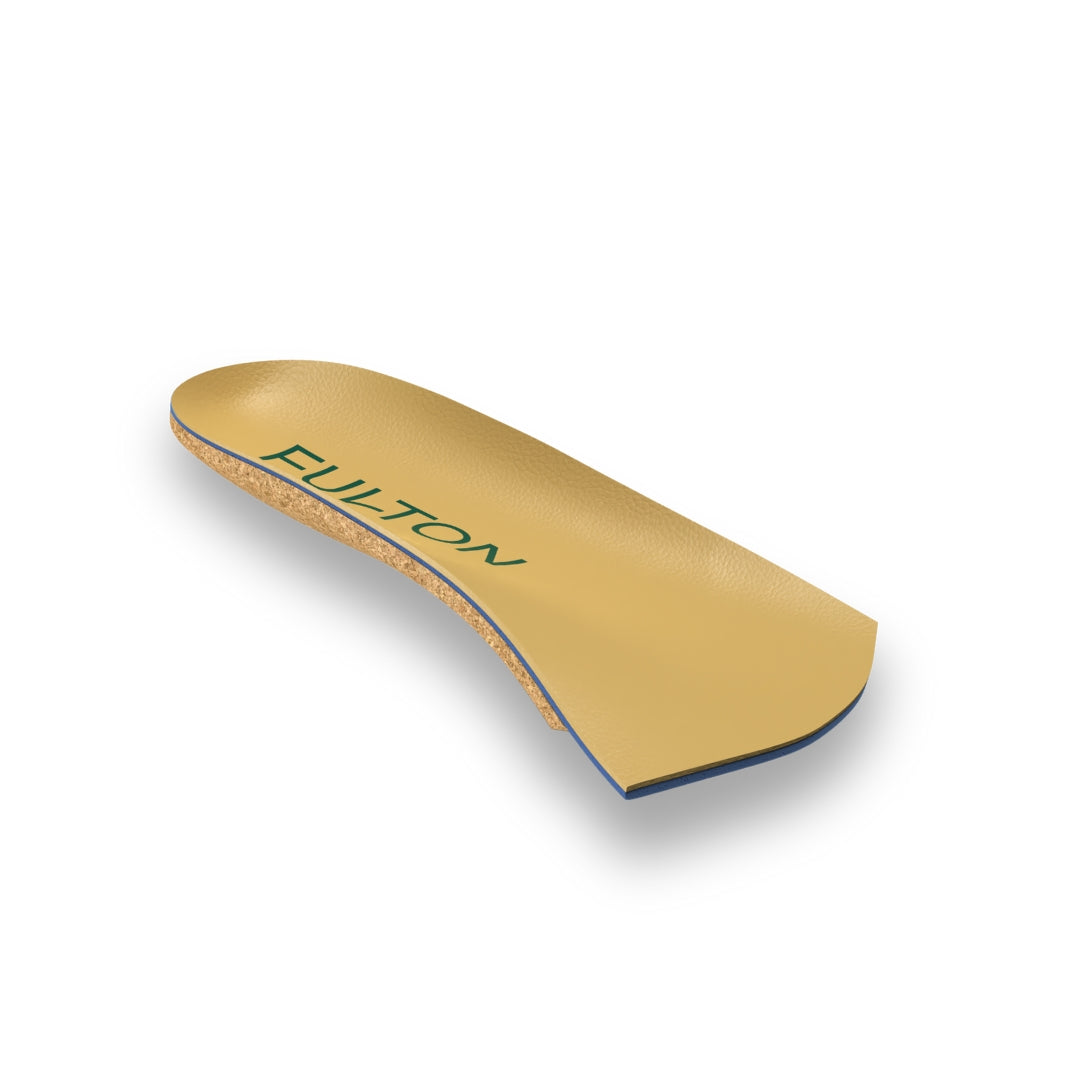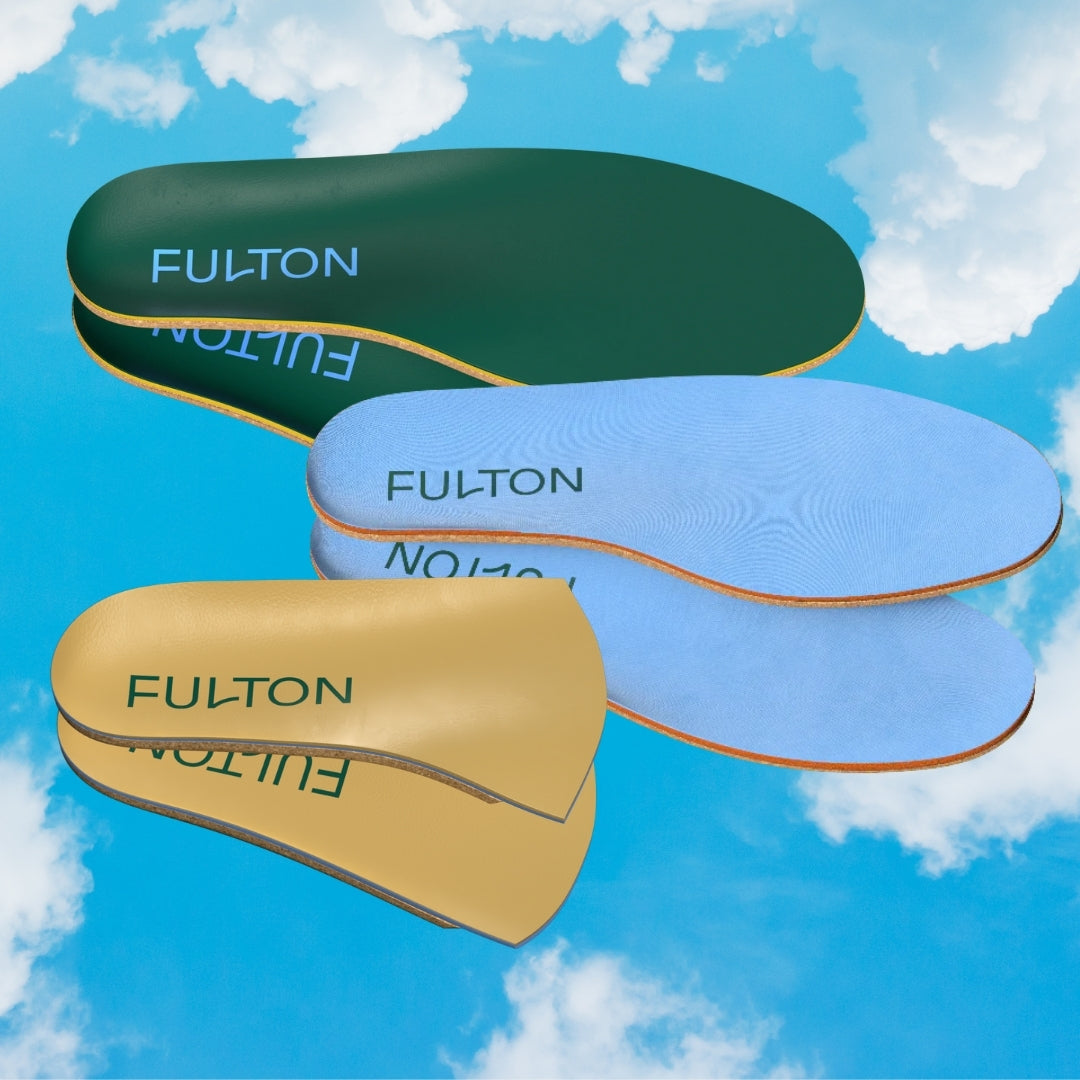Foot arch support
Sports, overuse, and long days spent on your feet can put a lot of stress on the arch. The arch acts as a shock absorber and helps you balance and provide stability. An arched that’s higher or lower than average puts you at risk for foot pain and injury.
The arch is a weak point for many people. They always experience pain due to the biomechanics of their foot and gait. Others develop foot pain over time for any number of reasons, including:
- Aging
- Physical stress
- Weight gain
- Overuse
- Neurological conditions
While foot pain related to the arch is common, there is something you can do about it. Arch support insoles are one way to protect your feet while cushioning and reducing shock to the arch.
Reducing pain begins by understanding the unique shape of your feet. Arches are typically divided into one of three categories—low, average (normal), and high. There are studies that offer the angle of the arch that’s considered normal, but you can get a good idea of your arch type by looking at your footprint. With your bare feet, step in wet sand or get your barefoot wet and step on the sidewalk. The shape of the footprint tells you what you need to know. Take a look at the arch area of the footprint.
- Average/normal arch: If half of your footprint shows and the other half is missing (because of your arch), the height of your arch is considered average or normal.
- Low arch/flat feet: If the footprint looks like a complete foot with most of the foot showing, you may have a flat arch or flat feet.
- High arch: If you can see less than half of your footprint through the arch, you probably have a high arch.
People at either end of the spectrum, high or low, often experience pain because of how their arches distribute weight and absorb shock. However, even people with an average arch can experience foot pain due to overuse or other stress on the feet.
Arch support shoes for flat feet
Flat feet typically overpronate, meaning the foot rolls inward toward the ankle as weight transfers from the heel to the toes. Many people have flat feet and never experience pain, while others struggle to find shoes that don’t make overpronation worse.
The key is to find a shoe with an insole that fits the natural arch of your foot. For someone with flat feet, that means a lower arch than usual. However, even then, it can be tricky because your arches may be different from foot to foot. Runners with flat feet may have tried stability shoes with posts in the arches and an internal or external heel counter to prevent overpronation. Not only are these shoes expensive but they also tend to be heavier and pricier.
The right arch support insoles can make all the difference. Some arch support insoles, not the kind you want, have a fairly rigid structure, forcing the foot to conform to the shape of the insole. Forcing a flat foot into a high arch structure can be incredibly painful and counterproductive.
Arch support insoles, like Fulton insoles, work differently. With Fulton insoles, the heat and pressure of your foot molds and contours the insole to the unique shape of your arch. As long as the insole fits inside your shoe, you can wear most types of shoes and get extra support for your arch. Fulton insoles are an excellent option for people with arches of different heights because each insole customizes to a specific foot.
High arch support
Arch support for high arches can be even more difficult to find. A high arch doesn’t have the ability to absorb shock and pressure the way an average or even low arch can. High arches can also cause instability issues, contributing to injuries like ankle sprains.
Additionally, shoes designed to support high arches often look clunky and unattractive. Yet, the right arch support can improve stability, let you participate in sports and activities without pain, and reduce the fatigue you feel from everyday walking.
High arch support inserts like Fulton Insoles can help here because the cork used to make Fulton insoles can adapt to a high arch just as well as it can a low arch. You can find shoes in a style you like and that feel good to your feet and use arch support insoles to absorb shock and provide extra stability. There’s no worry if one foot has a higher or lower arch than the other because the insoles customize to each foot.
Support for the average arch
What about someone with foot pain who has an average arch? Long days spent on your feet or overuse injuries from intense training are just two reasons that you may experience arch pain even though you have average arches.
Fulton insoles support average arches just as well as they do low and high arches. They can relieve foot stress and pressure from standing or walking. Use them in your running shoes, or slip them into a pair of casual shoes so that your feet get the support they need and you can participate in your favorite activities.
Keep your feet happy
The human body is an amazing machine, but that doesn’t mean it doesn’t need help sometimes. Everything from the natural changes of aging to a new training schedule or job can lead to foot pain related to the arches. Arch support insoles give you freedom in the shoes you wear and the activities that you can participate in pain-free.



